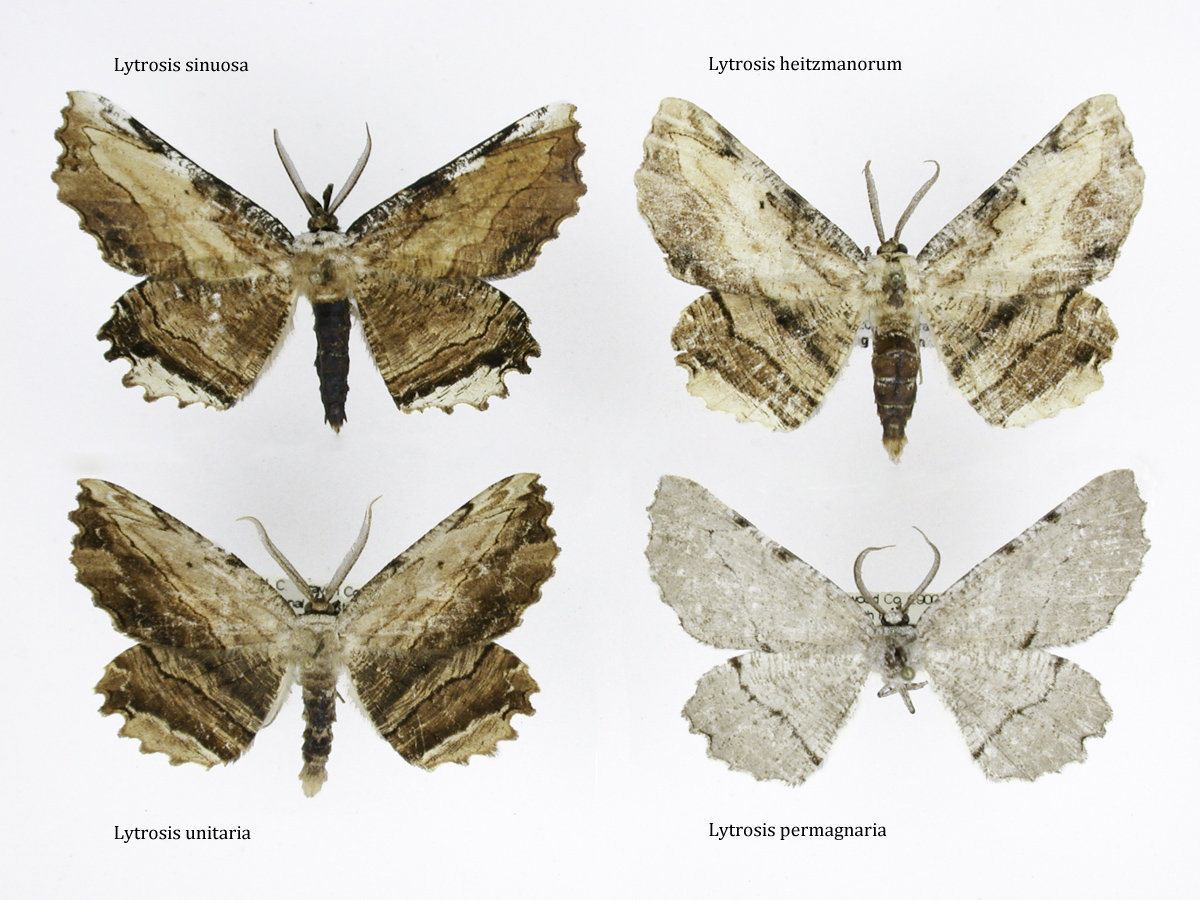 | Recorded by: Jim Petranka, Mark Basinger and Becky Elkin on 2025-06-25
Mitchell Co.
Comment: |  | Recorded by: Jim Petranka, Mark Basinger and Becky Elkin on 2025-06-25
Mitchell Co.
Comment: |
 | Recorded by: Timothy Boyer on 2025-06-05
Buncombe Co.
Comment: | 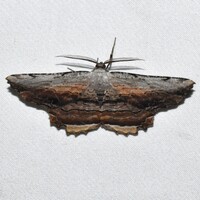 | Recorded by: David George, Jeff Niznik on 2025-05-24
Richmond Co.
Comment: |
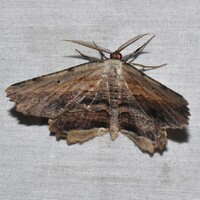 | Recorded by: David George, Jeff Niznik on 2025-05-24
Richmond Co.
Comment: | 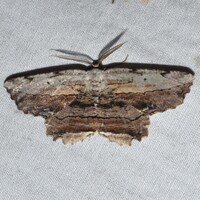 | Recorded by: David George, Jeff Niznik on 2025-05-24
Richmond Co.
Comment: |
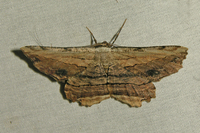 | Recorded by: Owen McConnell on 2024-08-18
Graham Co.
Comment: |  | Recorded by: Jeff Niznik on 2024-07-12
Watauga Co.
Comment: |
 | Recorded by: Jim Petranka and Becky Elkin on 2024-06-19
Madison Co.
Comment: |  | Recorded by: Owen McConnell on 2024-06-16
Graham Co.
Comment: |
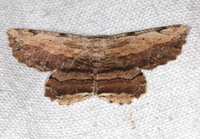 | Recorded by: Jim Petranka on 2024-06-12
Madison Co.
Comment: |  | Recorded by: K. Bischof on 2024-06-12
Transylvania Co.
Comment: |
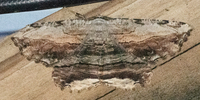 | Recorded by: Emily Stanley on 2024-06-07
Buncombe Co.
Comment: | 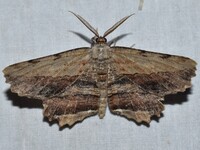 | Recorded by: David George, Jeff Niznik on 2024-06-01
Chatham Co.
Comment: |
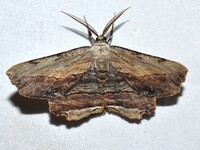 | Recorded by: David George, Jeff Niznik on 2024-05-25
Chatham Co.
Comment: | 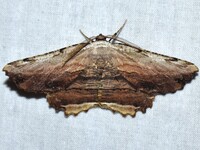 | Recorded by: David George, Jeff Niznik on 2024-05-25
Chatham Co.
Comment: |
 | Recorded by: Jim Petranka and Becky Elkin on 2023-06-25
Buncombe Co.
Comment: | 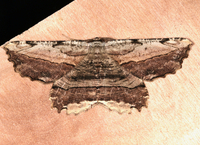 | Recorded by: Jim Petranka and Becky Elkin on 2023-06-25
Buncombe Co.
Comment: |
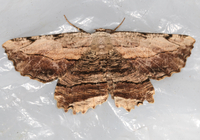 | Recorded by: Jim Petranka and Becky Elkin on 2023-06-24
Buncombe Co.
Comment: |  | Recorded by: K. Bischof on 2023-06-17
Transylvania Co.
Comment: |
 | Recorded by: K. Bischof on 2023-06-15
Transylvania Co.
Comment: | 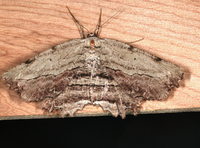 | Recorded by: Jim Petranka and John Petranka on 2023-06-14
Richmond Co.
Comment: |
 | Recorded by: Stephen Hall on 2023-05-21
Orange Co.
Comment: |  | Recorded by: Richard Teper on 2022-06-16
Jackson Co.
Comment: |
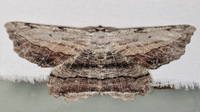 | Recorded by: John Petranka on 2022-06-04
Orange Co.
Comment: |  | Recorded by: Jim Petranka on 2022-05-31
Moore Co.
Comment: |
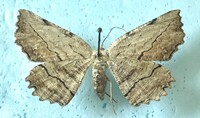 | Recorded by: Darryl Willis on 2022-05-16
Cabarrus Co.
Comment: | 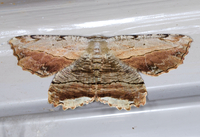 | Recorded by: Jim Petranka on 2021-06-14
Madison Co.
Comment: |
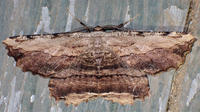 | Recorded by: tom ward on 2021-06-11
Buncombe Co.
Comment: |  | Recorded by: David L. Heavner on 2021-05-25
Chatham Co.
Comment: |
|

 »
»